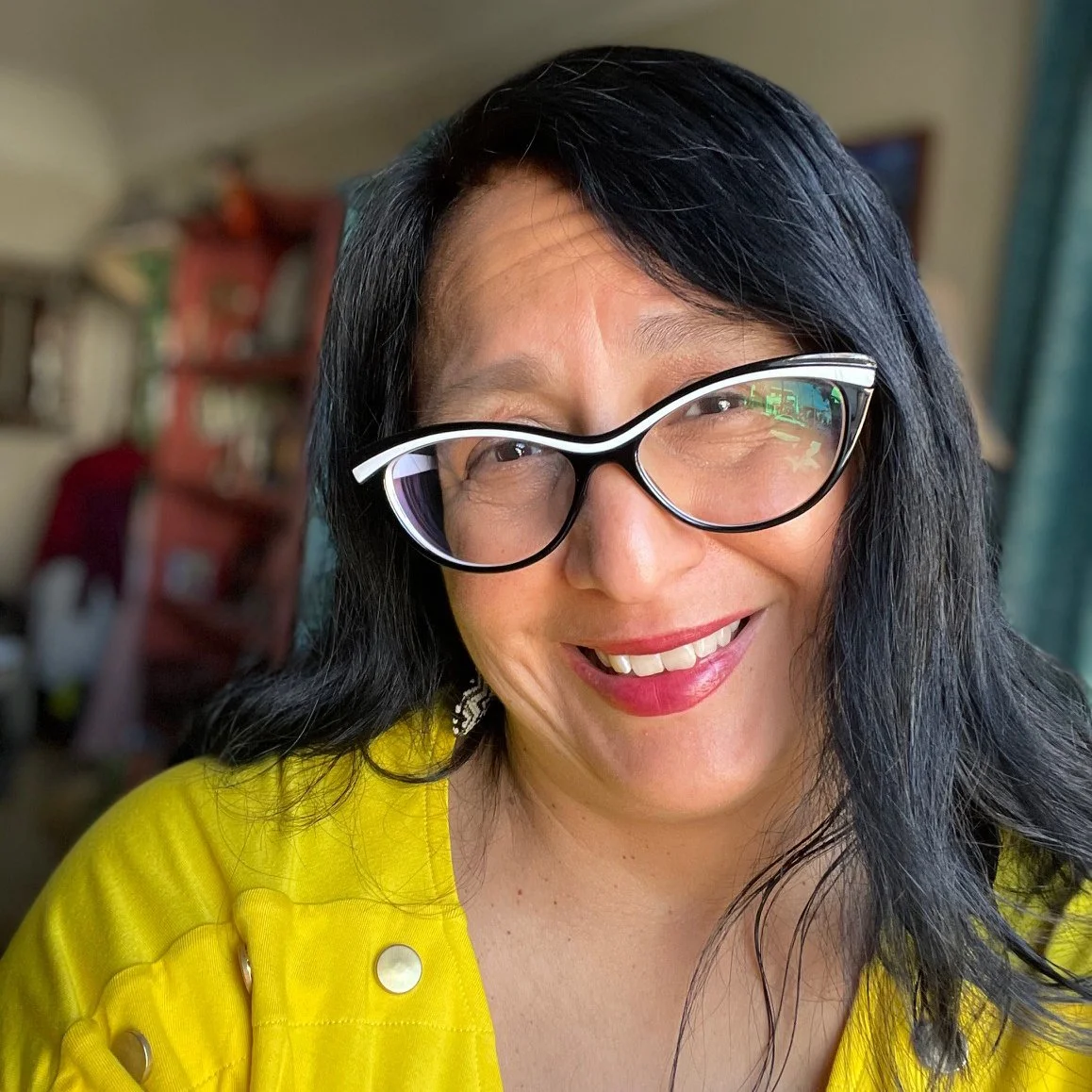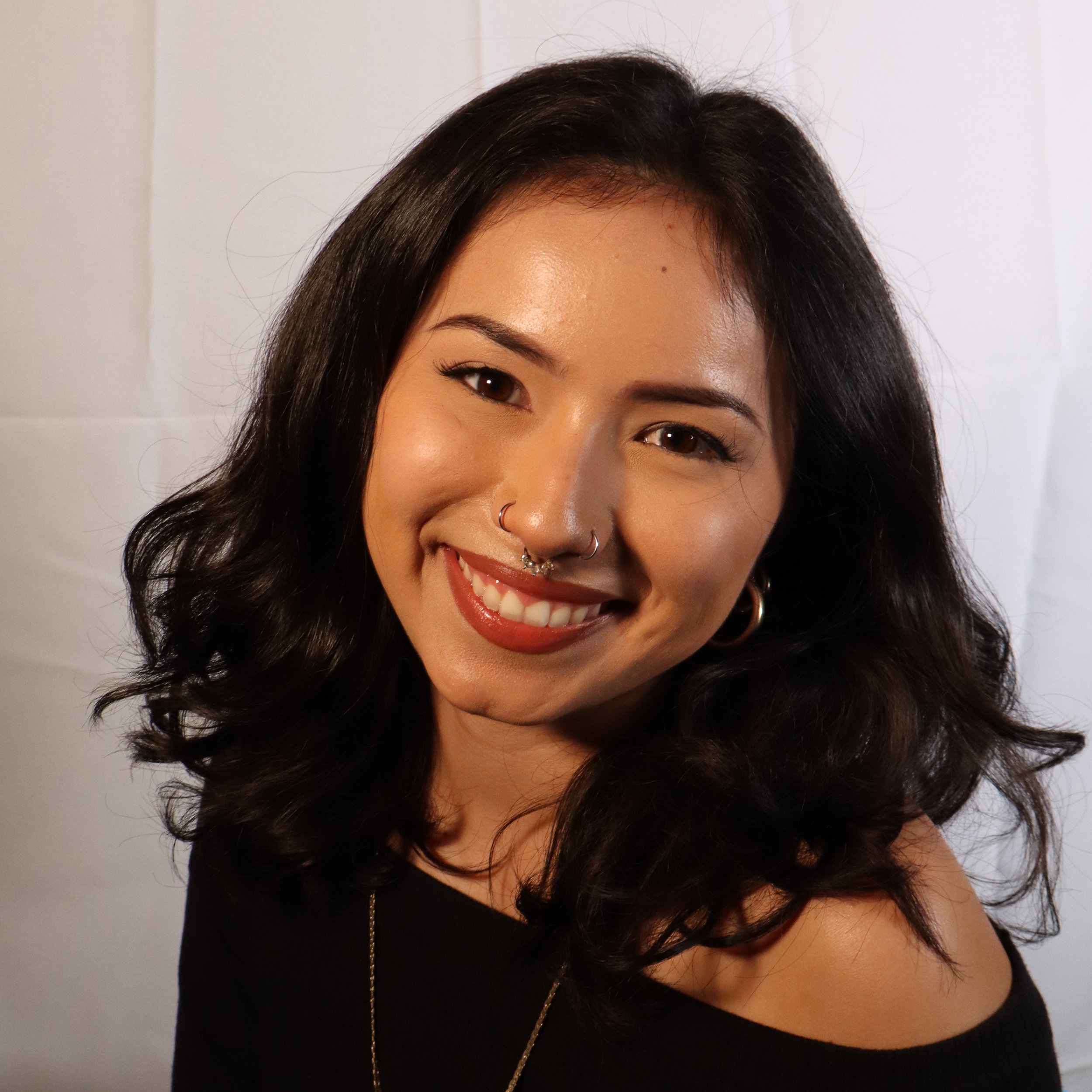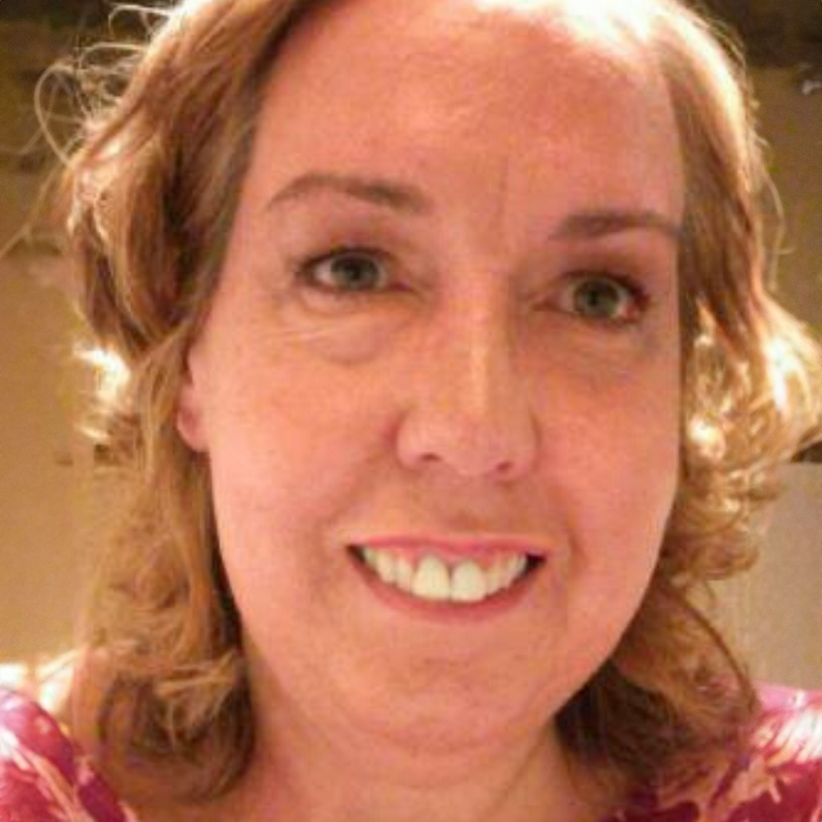This Is My Classroom. ICE Isn’t Welcome Here.
The friendship walkway at California State University, Long Beach. Photo by Emily Urias for palabra
A Latina professor on the frontlines of a large college campus helps fight back against attacks on immigrant students and DEI.
I teach at a university in Southern California, where almost half my students are Latino. We are what is known as an HSI, a Hispanic-Serving Institution. It’s a designation for colleges and universities where at least 25 percent of the full-time students are Hispanic.
It’s also a designation being erased on some government websites, including the U.S. Department of Education.
It’s not just the erasure of diversity, equity, and inclusion, known as DEI, that is harming colleges and universities across the country. It’s the active threats by the Trump administration to defund universities that support DEI. And it’s the threat to deport students and others in our communities.
At least seventy international students in the California State University system have had their visas canceled, and that includes some six students on my campus in Long Beach. No explanations were given, but this is part of the nationwide attack on universities by the Trump administration.
The Trump Administration then reinstated the international student visas, but their actions have created chaos and confusion.
Students who are undocumented or DACA recipients also live in fear, and other students who may have legal status are fearful for their parents who are undocumented. A student told me right after Trump won that her mother is undocumented.
“I’m really worried,” she said.
She had missed some assignments, and after she explained the situation, I gave her an extension. Other students have told me they are stressed and have a hard time focusing.
Professor Teresa Puente in her office at CSU Long Beach. Photo by Emily Urias for palabra
After Trump won, some students told me they were too depressed to come to class and felt anxiety. Others were angry. The mood has stabilized as we head toward graduation. We have an annual Latino graduation ceremony and Latino faculty and staff had to consider what could happen if ICE were to crash that ceremony. The organizers decided to go ahead with the event but posted a note on the event website explaining that the university does not share immigration information with U.S. immigration agencies.
Fortunately, on my campus, we have some support for our students. We have what is called a Dream Success Center that offers support and free legal services for students and their parents through the immigrant rights group Central American Resource Center (CARECEN).
It’s hard to know exactly how many undocumented students are on campus, as there is no list. But there are an estimated 9,500 undocumented students at all of the 23 CSU campuses.
Only around half of the undocumented students have temporary status with DACA, also known as Deferred Action for Childhood Arrivals. This program began in 2012 during the Obama administration and grants temporary work and education authorization to certain undocumented minors. While Trump has vowed to end the program, those who already have DACA can renew for now, but new applications are halted under ongoing legal challenges.
Mission statement at the entrance of the CSU Long Beach Dream Success Center office. Photo by Emily Urias for palabra
Our campus felt like a safe space, but threats of raids are unsettling. I always create a welcoming environment in my classroom. I tell my students they can ask for help beyond what’s on the syllabus. I can refer them to various campus services, such as immigration lawyers, counseling, and basic needs to help pay rent, or refer them to our food pantry.
Our university system has a website with resources for undocumented students that includes legal services, mental health, and admissions information. Additionally, the California Nonresident Tuition Exemption, known as AB 540, allows eligible students to be exempted from paying out-of-state tuition.
We have student clubs on campus that support undocumented students. I’m on the board of the Latinx Faculty & Staff Association (LFSA), and we work to support our immigrant community on campus. Since December of last year, we have hosted two “Know Your Rights” workshops, which include a guest speaker from the local immigrant rights organization ORALE that does trainings and advocacy work, and operates a hotline to report ICE activity in our city of Long Beach.
Our union, the California Faculty Association (CFA), recently co-sponsored one of the “Know Your Rights” workshops with LFSA and has organized campus protests against ICE. About half of the overall student population on the CSU Long Beach campus is Latino, and around 25 percent are Asian American. Regardless of immigration status, we know that ICE does racial profiling, even if they officially say otherwise.
“Know Your Rights” red cards provided by Cal State Long Beach offer guidance for students in case ICE comes on campus. Photo by Emily Urias for palabra
I’ve had to ask myself, what would I do if ICE came to my classroom?
This is a real possibility as the Trump administration has said there are no safe spaces from ICE. Under previous administrations, including Trump’s first term, ICE had a policy not to raid churches, hospitals, or schools. But that has changed.
Rather than worry, I came up with a plan. It upsets me that I have to prepare for the worst. I was concerned after Trump won in 2016, but they didn’t raid schools in his first term. I decided to take a stand for my students. I have a No ICE sign in my office and a stack of red rights cards on my desk.
If ICE comes to my classroom, the first thing I would do is start recording and ask my students to record me. I would then explain that this classroom is only for students enrolled in the class, and I would ask ICE agents to leave, something I would do anyway for anyone interrupting my class. I would also advise my students of their constitutional right to remain silent. I learned through the “Know Your Rights” workshops that, as citizens, we protect those who are not citizens by refusing to answer questions about our own citizenship status. We have also distributed the red rights cards on campus.
The university administration has emailed some guidance to faculty, telling us to refer any ICE encounter to university officials. They have suggested using language such as, “I’m not trying to obstruct you (ICE), but I do not have the authority to respond to your request.” Then ask them to go to the administration office.
"No ICE Allowed" sign at the entrance of Professor Puente's office. The sign was provided by the California Faculty Association and aims to keep U.S. Immigration and Customs Enforcement out of classrooms. Photo by Emily Urias for palabra
Now, the tricky part is, what if the ICE officers refuse to leave?
We have been advised to contact our administrator or dean, or call the campus police. Our campus police chief told LFSA that he and his officers won’t help ICE or give out any information about faculty, staff, and students.
We need more campus officials, faculty, staff, and students to stand up.
Support the voices of independent journalists.
|
We can follow the example of Harvard University, which is suing the Trump administration. Harvard President Alan M. Garber has said the university will not surrender its independence or relinquish its constitutional rights. “No government — regardless of which party is in power — should dictate what private universities can teach, whom they can admit and hire, and which areas of study and inquiry they can pursue,” he wrote.
On the heels of Harvard’s pushback, the American Association of Colleges and Universities released a statement signed by nearly 250 higher education presidents to speak out "against the unprecedented government overreach and political interference now endangering American higher education." CSU Long Beach is one of the signatories.
And in the K-12 level, the California Department of Education announced it will defy the Trump order to eliminate DEI in the state’s 1,000 school districts, a system with more than 5.8 million students, of which 56% are Latino.
Student on the CSU Long Beach campus. The university is known as a Hispanic-Serving Institution (HSI) for having at least 25 percent of its full-time students identify as Hispanic. Photo by Emily Urias for palabra
“There is nothing in state or federal law ... that outlaws the broad concepts of 'diversity,' 'equity,' or 'inclusion,'” wrote Chief Deputy Superintendent David Schapira in the letter to school districts, county education offices, and charter schools.
We should not tolerate the attacks on DEI, and we must protect our campuses and communities from ICE. We are already seeing cases of wrongful deportations, random cancellations of international student visas, and egregious detentions of U.S. citizens.
I’m reminded of the famous 1946 poem, “First they came…” by German theologian and Lutheran pastor Martin Niemöller.
Do not wait until it’s you.
—
Teresa Puente teaches journalism at California State University, Long Beach, and is a former NAHJ board member. @tcpuente
Emily Urias is a student at Cal State Long Beach where she studies journalism and is a member of NAHJ. @official._emilyurias/LinkedIn
Patricia Guadalupe, raised in Puerto Rico, is a bilingual multimedia journalist based in Washington, D.C., and is the interim managing editor of palabra. She has been covering the capital for both English- and Spanish-language media outlets since the mid-1990s and previously worked as a reporter in New York City. She’s been an editor at Hispanic Link News Service, a reporter at WTOP Radio (CBS Washington affiliate), a contributing reporter for CBS Radio network, and has written for NBC News.com and Latino Magazine, among others. She is a graduate of Michigan State University and has a Master’s degree from the Graduate School of Political Management at George Washington University. She is the former president of the Washington, D.C., chapter of NAHJ and is an adjunct professor at American University in the nation’s capital and the Washington semester program of Florida International University. @PatriciagDC












